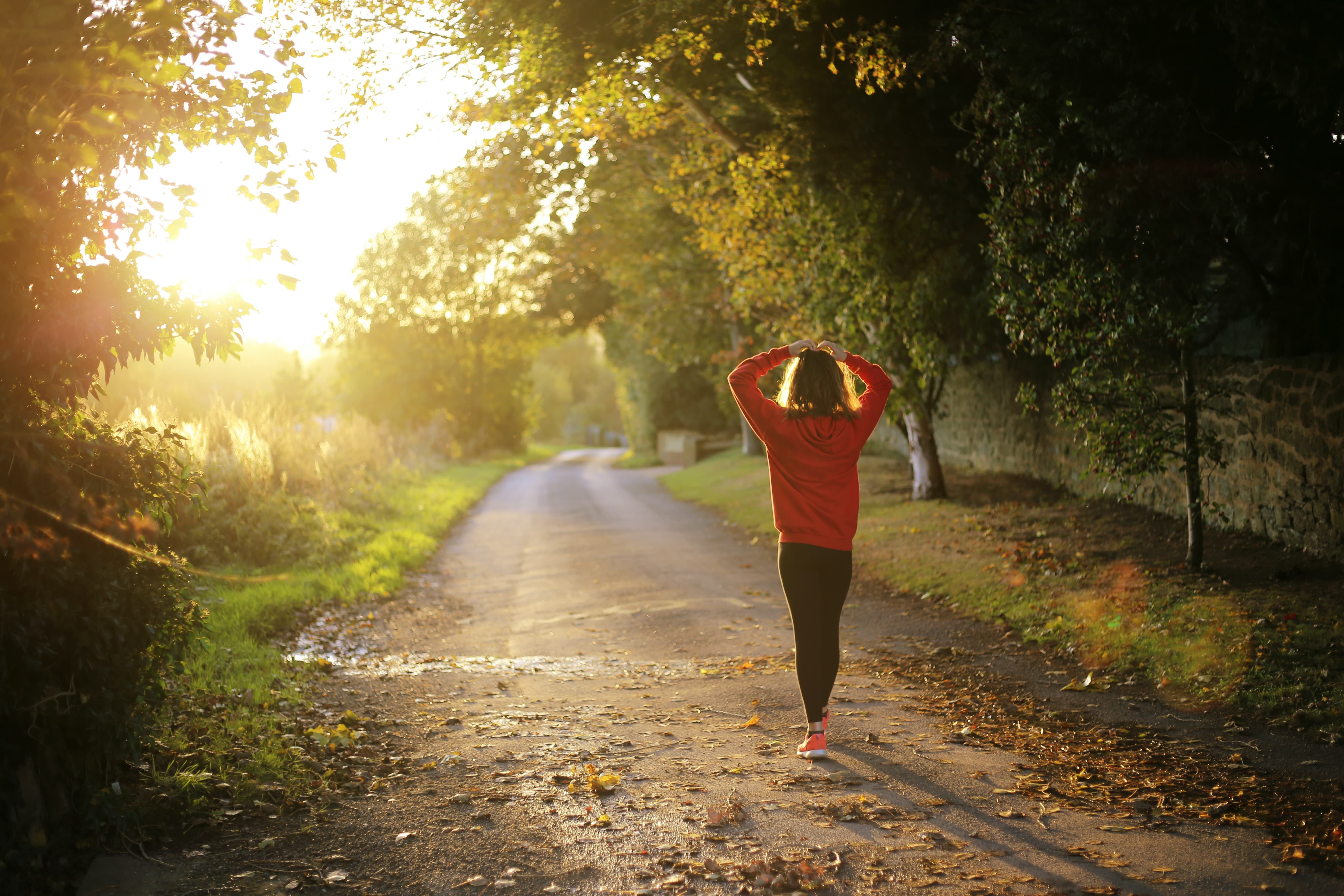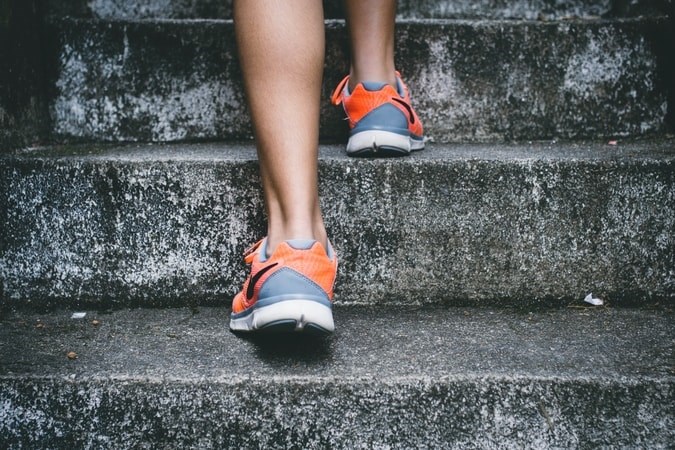What is Wellbeing?
The government defines wellbeing as ‘a positive physical, social and mental state.’ For our purposes, we are focusing on mental wellbeing.
Mental wellbeing does not have a single universal definition, but it does encompass factors such as:
- The sense of feeling good about ourselves and being able to function well individually or in relationships
- The ability to deal with the ups and downs of life, such as coping with challenges and making the most of opportunities
- The feeling of connection to our community and surroundings
- Having control and freedom over our lives
- Having a sense of purpose and feeling valued Of course, mental wellbeing does not mean being happy all the time, and it does not mean that you won’t experience negative or painful emotions, such as grief, loss, or failure, which are a part of normal life. However, whatever your age, being physically active can help you to lead a mentally healthier life and can improve your wellbeing.
What impact does physical activity have on wellbeing?
Physical activity has a huge potential to enhance our wellbeing. Even a short burst of 10 minutes’ brisk walking increases our mental alertness, energy and positive mood. Participation in regular physical activity can increase our self-esteem and can reduce stress and anxiety. It also plays a role in preventing the development of mental health problems and in improving the quality of life of people experiencing mental health problems.
Impact on our mood
Physical activity has been shown to have a positive impact on our mood. A study asked people to rate their mood immediately after periods of physical activity (e.g. going for a walk or doing housework), and periods of inactivity (e.g. reading a book or watching television). Researchers found that the participants felt more content, more awake and calmer after being physically active compared to after periods of inactivity. They also found that the effect of physical activity on mood was greatest when mood was initially low. There are many studies looking at physical activity at different levels of intensity and its impact on people’s mood. Overall, research has found that low-intensity aerobic exercise – for 30–35 minutes, 3–5 days a week, for 10–12 weeks – was best at increasing positive moods (e.g. enthusiasm, alertness).
Impact on our stress
When events occur that make us feel threatened or that disrupt our balance in some way, our body’s defences cut in and create a stress response, which may make us feel a variety of uncomfortable physical symptoms and make us behave differently, and we may also experience emotions more intensely. The most common physical signs of stress include sleeping problems, sweating, and loss of appetite. Symptoms like these are triggered by a rush of stress hormones in our body – otherwise known as the ‘fight or flight’ response. It is these hormones, adrenaline and noradrenaline, which raise our blood pressure, increase our heart rate and increase the rate at which we perspire, preparing our body for an emergency response. They can also reduce blood flow to our skin and can reduce our stomach activity, while cortisol, another stress hormone, releases fat and sugar into the system to boost our energy. Physical exercise can be very effective in relieving stress.
Research on employed adults has found that highly active individuals tend to have lower stress rates compared to individuals who are less active.
Impact on self esteem
Exercise not only has a positive impact on our physical health, but it can also increase our self-esteem. Self-esteem is how we feel about ourselves and how we perceive our self-worth. It is a key indicator of our mental wellbeing and our ability to cope with life stressors. Physical activity has been shown to have a positive influence on our self-esteem and self-worth. This relationship has been found in children, adolescents, young adults, adults and older people, and across both males and females.
Dementia and cognitive decline in older people
Improvements in healthcare have led to an increasing life expectancy and a growing population of people over 65 years. Alongside this increase in life expectancy, there has been an increase in the number of people living with dementia and in people with cognitive decline. The main symptom of dementia is memory loss; it is a progressive disease that results in people becoming more impaired over time. Decline in cognitive functions, such as attention and concentration, also occurs in older people, including those who do not develop dementia. Physical activity has been identified as a protective factor in studies that examined risk factors for dementia. For people who have already developed the disease, physical activity can help to delay further decline in functioning. Studies show that there is approximately a 20% to 30% lower risk of depression and dementia for adults participating in daily physical activity. Physical activity also seems to reduce the likelihood of experiencing cognitive decline in people who do not have dementia.
Impact on depression and anxiety
Physical activity can be an alternative treatment for depression. It can be used as a standalone treatment or in combination with medication and/ or psychological therapy. It has few side effects and does not have the stigma that some people perceive to be attached to taking antidepressants or attending psychotherapy and counselling. Physical activity can reduce levels of anxiety in people with mild symptoms and may also be helpful for treating clinical anxiety.
Physical activity is available to all, has few costs attached, and is an empowering approach that can support self-management. For more details about how physical activity can help increase wellbeing and prevent or manage mental health problems, read our full report, or get more information about how exercise can improve your mental health on our website: www.mentalhealth.org.uk.
Join Our FREE Business Owners Hub
Get access to our latest blogs, PDF downloads and updates.




